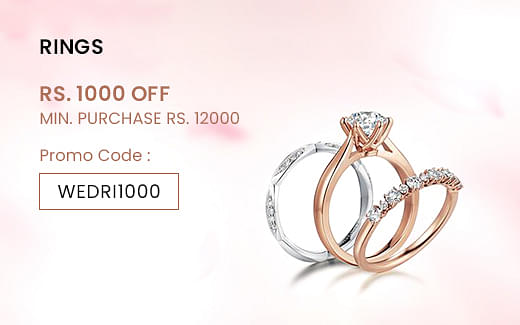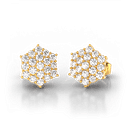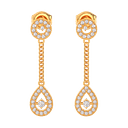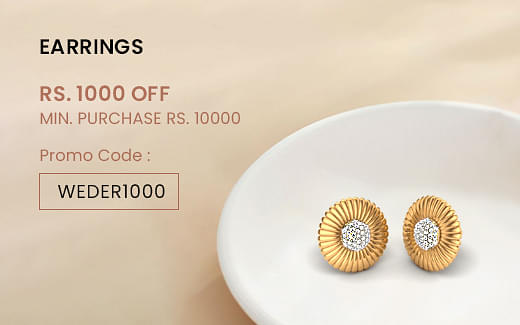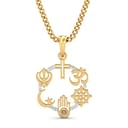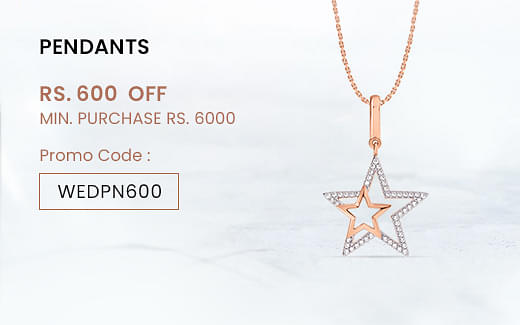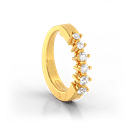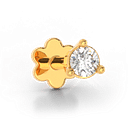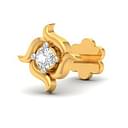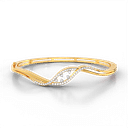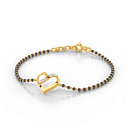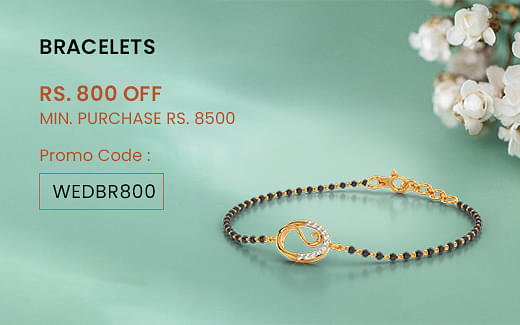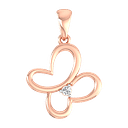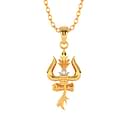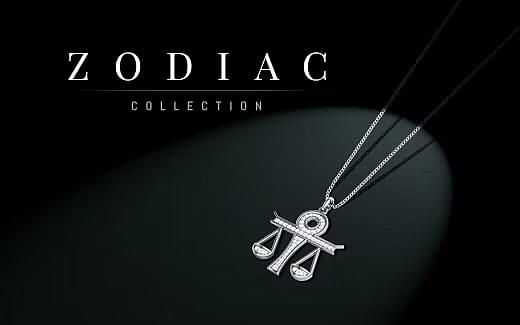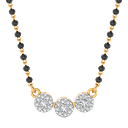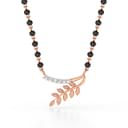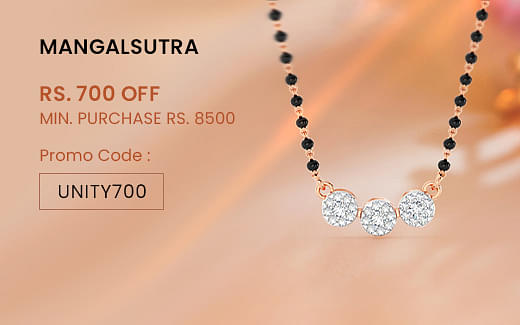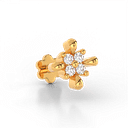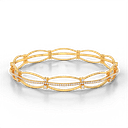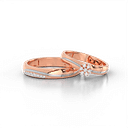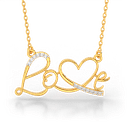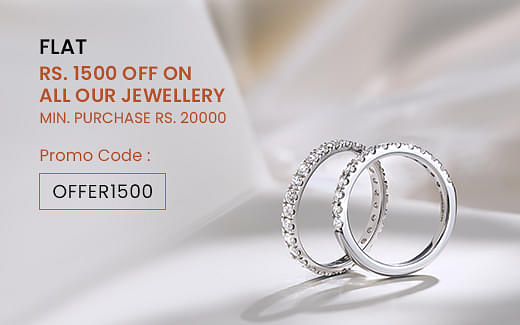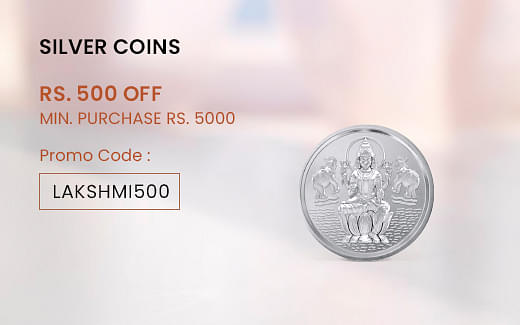Free Insured Shipping Nationwide | 1500+ latest designs
Available on Amazon India
Diamond Education
Gemstone Education
Metal Education
Jewellry Guide
Pearl Education
More Guide
Policies
Diamond Cut
A diamonds cut can be determined by analyzing its symmetry, proportions and polish, however the cut of a diamond has nothing to do with its shape. More than any other factor the beauty of the diamond depends on its cut. The diamond cut primarily has three major effects on appearance:
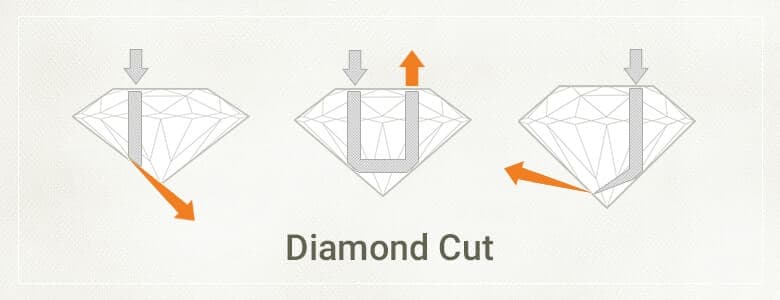
Brilliance
The brightness created due to the combination of white light reflections from inside and the surface of a polished diamond is called its brilliance.
Fire
Dispersion of light into the colors of the visible spectrum is called fire. It is seen as flashes of color.
Scintillation
When a diamond or the source of the light is moved there are flashes of light and dark which is known as its scintillation. When the diamond is being transformed into a shape from a mere rough stone the cutter has to balance optimal cut and yield. Yield refers to the cutting of diamond to maintain as much carat weight from the rough stone as possible. There are many customers who prefer a larger (having a fair cut) over a smaller (having a very good cut) which sometimes adds pressure on to the cutter since he or she has to sacrifice the appearance of the diamond over weight. This is the reason why cut grade is important; it lets you identify the stones that range from fair to poor (cut grading) just to gain more carat weight.
Proportions of diamond cut
It refers to the relation between the size, shape, and angle of a diamond's facets. An extensive range of combination is possible which ultimately determines the interaction of diamond with light. 20% of the light that strikes a diamond immediately reflects off the surface of it. The remaining 80% enters inside out of which a portion of it escapes through the bottom of the diamond. Each facets will be properly placed and angled in a well proportioned diamond this is to maximize the amount of light that reflects back out of the top of the diamond, to the eye of the observer. This reflected light is seen as brilliance, fire and scintillation.
Depth of a diamond
The distance between the culet and the table when a diamond is viewed from the side is called depth. It is expressed in mm. The ratio of the depth of a diamond to its width and multiplying it by 100 gives us the depth of a diamond in percentage. For instance, if the depth of the diamond is 4 mm and its width is 5.3 mm then the depth in percentage of that diamond is 75.47%. Hence in order to get a diamond with larger carat weight the depth percentage of the diamond has to be lower.
Excellent
A diamond with excellent cut has maximum fire and brilliance. It reflects almost all the light that enters in it creating excellent sparkle and life in the process.
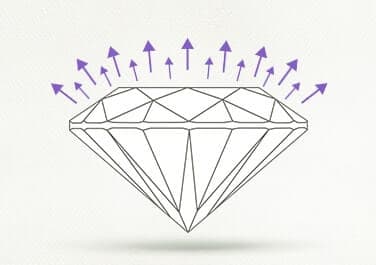
Very good
A diamond with a very good cut has very good fire and brilliance and it reflects almost all the light that enters the diamond.
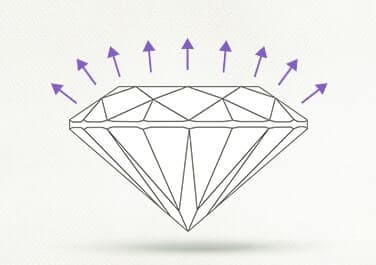
Good
A diamond with good cut reflects most of the light that enters in it and has an above average appearance. It is a good deal compared to higher cut grades.
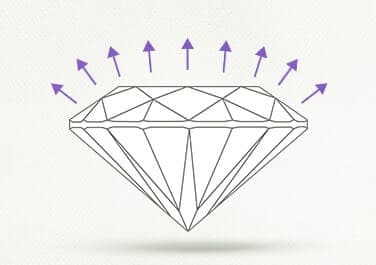
Fair
A diamond with fair cut allows the light entering to escape from side or bottom and reduces the perceived fire and brilliance in the process.

Poor
A diamond with fair cut allows almost all the light entering it to escape from bottom or side. This type of diamond appears dull to someone who is not even trained to examine diamonds.

The distance between the culet and the table when a diamond is viewed from the side is called depth. It is expressed in mm. The ratio of the depth of a diamond to its width and multiplying it by 100 gives us the depth of a diamond in percentage. For instance, if the depth of the diamond is 4 mm and its width is 5.3 mm then the depth in percentage of that diamond is 75.47%. Hence in order to get a diamond with larger carat weight the depth percentage of the diamond has to be lower.














